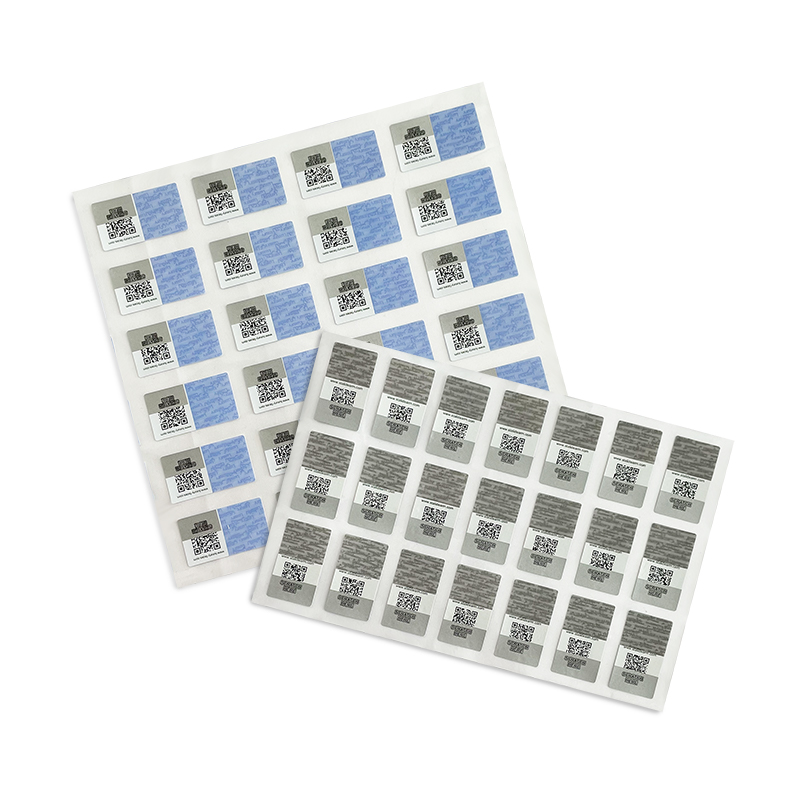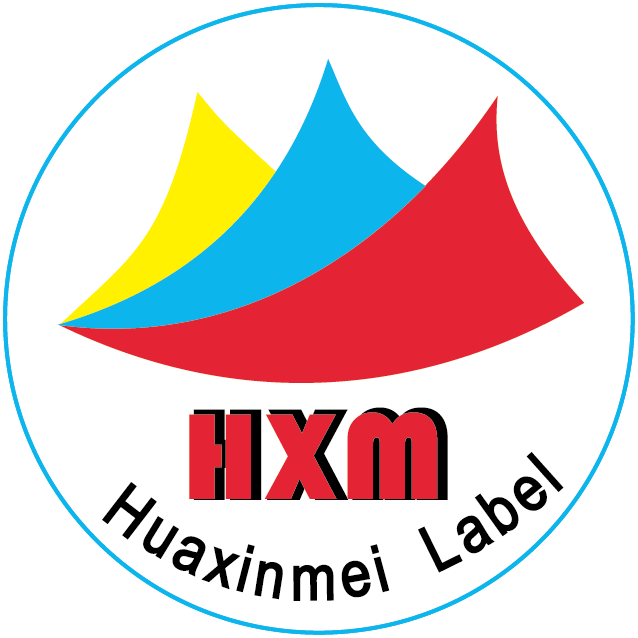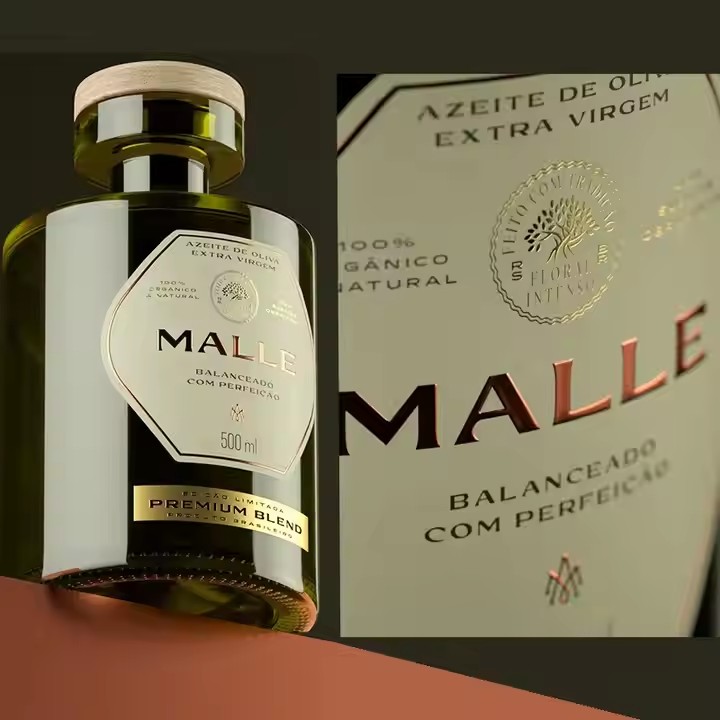The sticker relief means there are protruding reliefs on the sticker, and the tactile feeling when touching it is raised, which makes it more realistic. And this unique texture makes consumers feel that the sticker relief is more realistic and textured.
Design Stage
Reasonably plan the relief pattern: Select patterns with a three-dimensional and layered effect, such as flowers, animals, and figures. Complex and delicate patterns can show more details and increase the texture of the relief. For example, for flower patterns, you can choose varieties with rich petal layers and exquisite stamen structures, such as peonies and roses. For animal patterns, you can select animals with unique textures and muscle structures, like tigers and horses. At the same time, pay attention to the distribution density of the patterns to avoid overly dense or empty areas, ensuring the overall visual balance. Also, if this relief sticker is applied to children’s stationery, you can design flowers on the sticker, as well as some cute cartoon images and things that children like, which are in line with the psychology and cognition of children at this age, and it will be more likely to be loved by children.

Precisely design the light and shadow effects: According to the characteristics of the pattern and the atmosphere you want to express, precisely design the light and shadow effects. Determine the direction and intensity of the light source, and simulate the light and shadow changes by adjusting the height and undulation of different parts of the pattern. Generally, the illuminated surface should be prominent, and the highlight parts can be appropriately left blank or use lighter colors. The backlit surface should deepen the tone to enhance the three-dimensional and layered effects. For example, when designing a figure relief sticker, assuming the light source is above, the protruding parts such as the forehead, nose bridge, and cheeks of the figure should be the illuminated surface with lighter colors, while the areas such as the eye sockets and under the chin should be the backlit surface with deeper colors. Precise design is very important, and different colors and texture designs will present different effects. Also, you can design the sticker according to the latest trends, such as popular characters from hit TV dramas, which can well meet the needs of different consumers.
Material Selection
High-quality sticker materials: Select sticker materials with a thick texture, good toughness, and a smooth surface, such as synthetic materials like PVC and PET, which can better present the relief effect and have good wear resistance and water resistance. If you pursue higher texture, you can also choose special papers with a certain texture, such as parchment and art paper, and the texture of these papers can add a unique texture to the relief. High-quality sticker materials can create a sense of the product for consumers.
Suitable pigments or inks: Use pigments or inks with good quality, bright colors, and a certain covering power. For parts where texture needs to be highlighted, you can choose pigments with a metallic luster or pearlescent effect, such as gold, silver, and pearlescent colors, to increase the gorgeousness of the relief. For example, when making a flower relief sticker, painting the stamen part with gold pigment can make it more prominent and textured. At the same time, ensure the compatibility between the pigments or inks and the sticker materials to avoid problems such as color fading and smudging.
Production Process
High-precision printing: Adopt high-precision printing equipment and processes, such as digital printing and offset printing, to ensure that the details and colors of the pattern can be accurately reproduced. During the printing process, strictly control the color accuracy and overprinting precision to avoid color deviation or blurred patterns. For some fine lines and tiny details, ensure clear printing without distortion. For high-precision printing, the workmanship should be meticulous to minimize errors and ensure the good usability of the product.

Three-dimensional shaping: Achieve the three-dimensional effect of the relief through various methods. One method is to use the die-cutting process. According to the designed pattern, cut the sticker into different layers, and then combine each layer through pasting or folding to form a three-dimensional effect. Another method is to use the embossing and debossing process to press raised or sunken patterns on the sticker to simulate the relief effect. For some complex patterns, you can also combine manual carving or shaping methods to finely process the local parts of the sticker, increasing the realism and texture of the relief. For example, when making an ancient building relief sticker, you can use the die-cutting process to cut different parts of the building into different layers, such as the roof, walls, doors, and windows, and then paste them separately. Then, use the embossing and debossing process to press out the texture of the bricks on the wall, and finally, use the manual carving method to decorate the details of the doors and windows to make it more lifelike.
Surface treatment: Conduct surface treatment on the made sticker relief to further enhance the texture. You can adopt the lamination process to cover a transparent protective film on the surface of the sticker, such as a glossy film or a matte film. The glossy film can make the surface of the sticker brighter and increase the gorgeousness, while the matte film can create a low-key and soft texture. In addition, local glazing treatment can be carried out, such as applying a layer of bright oil to the highlight parts of the relief to make them more prominent and enhance the three-dimensional effect. Also, processes such as hot stamping of gold and silver can be used for the decoration of the sticker relief. Hot stamping golden or silver lines or patterns on the key parts of the pattern can play a finishing touch and improve the overall texture and grade. For surface treatment, some add loose powder inside the relief, which looks shiny and beautiful with a good texture. This design is very popular among consumers and is very eye-catching.


